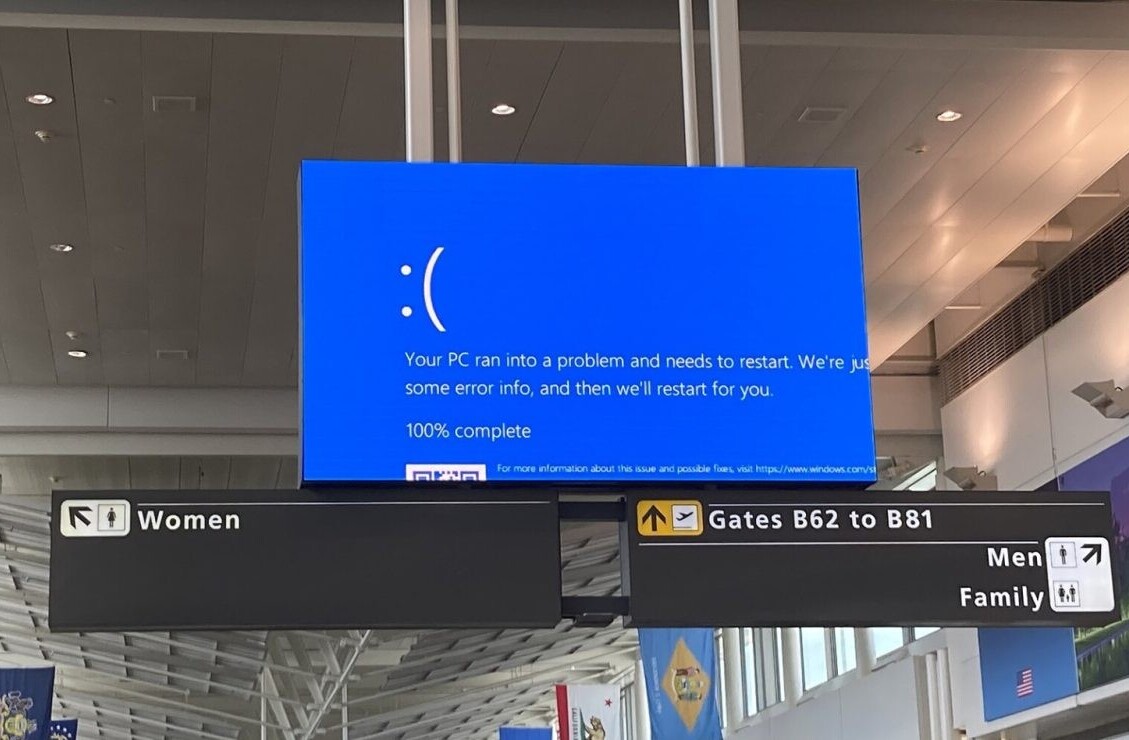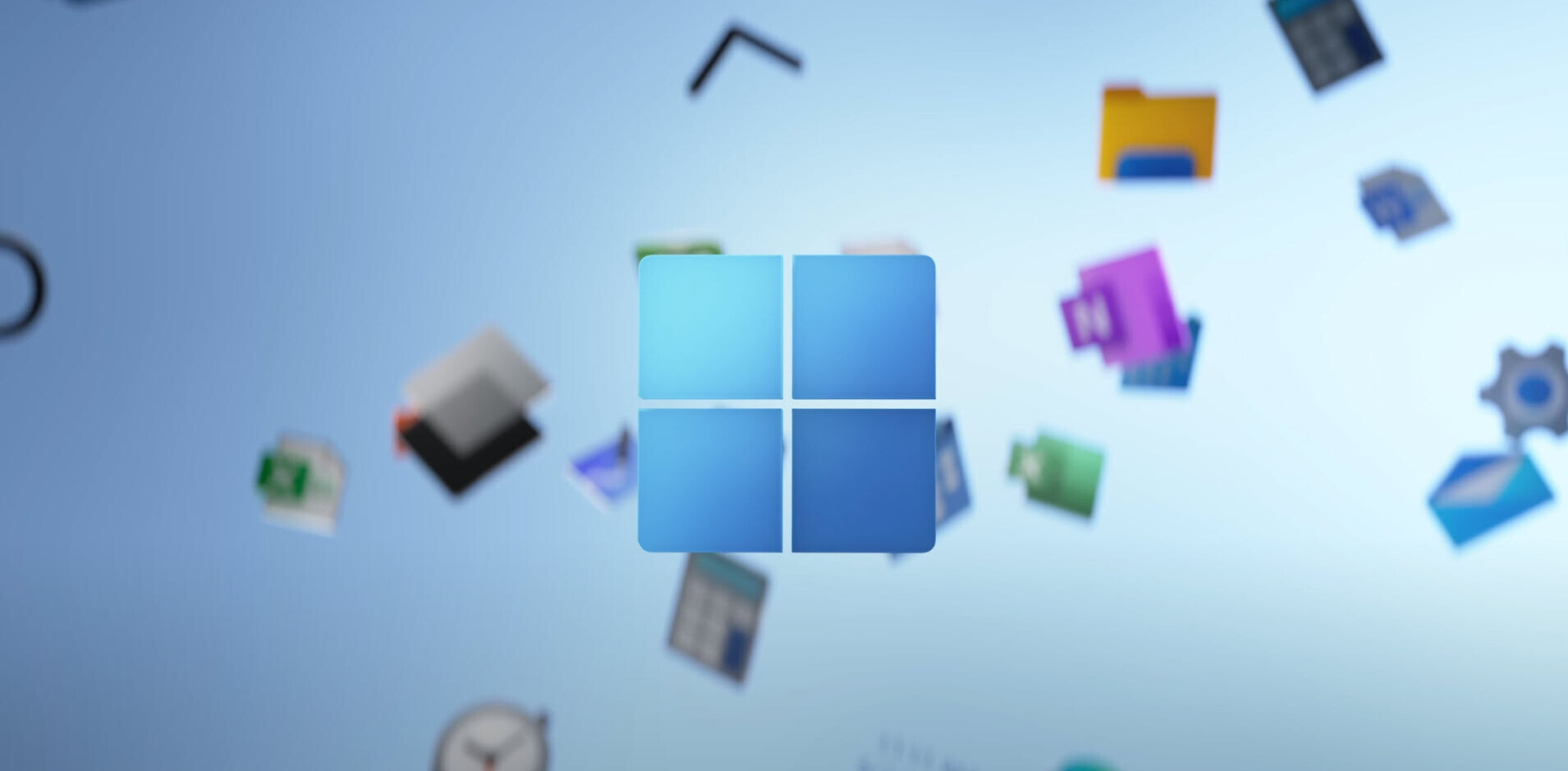This article was originally published by Matthew Guay on Capiche, a secret society for SaaS power users, building a new community of people who care about software to make the SaaS industry more transparent, together.
One day, Internet Explorer was nearly the only game in town, powering 96% of website visits at its peak in 2002. Then, quickly it turned into the app you only used to download Firefox or Chrome, or so the joke went. And then Internet Explorer died and turned into Chrome.
Empires rise then quickly fall in tech. One year, the web was merely a vision “about anything being potentially connected with anything,” as inventor Tim Berners-Lee put it before releasing the web in late 1990. 5 years later, Microsoft would bundle its Internet Explorer web browser with Windows—something the U.S. Department of Justice called anti-competitive in 1998.
From creating an industry to lawsuits over monopolizing said industry in under a decade may be a record. But that’s the web. Everything moves faster online, from the dot-com boom and bust to today’s smartphone-powered world.
[Read: How email apps launched some of the most innovative ideas in software]
“The Web is already so much a part of our lives that familiarity has clouded our perception of the Web itself,” wrote Berners-Lee in 1999, something far truer decades later. It’s almost hard to remember a world without browser, and tabs, and bookmarks.
The web and browsers didn’t simply change computing. They changed us, forever.
Reinventing language

First, the web changed language.
Browsers were cows grazing in the field. Humans looking through shelves for the next book to read bore a passing similarity, so they in turn also were called browsers.
Then came the internet, and it’s hard to imagine browsers as anything other than apps to access the web.
We needed something to call the app we’d use to access the web, and the groundwork had been laid years before. InfoWorld in late 1983 mentions a reader as a “browser,” but earlier that year the rebranding had started in an article about the latest Smalltalk, a new programming environment from Xerox’ PARC laboratory.
“The programmer’s display lets you write a program in a window referred to as a ‘browser,’” explained InfoWorld writer John Markoff. “When the program is complete, you can select a menu item that compiles that text without making you save it to disk.” No files, no saving, just browsing.
That idea stuck around for naming other software for viewing things. Dr. Dobb’s Journal mentioned Browse command to view files without editing them as a File Browser in 1984. And by 1987 when Microsoft was rumored to build a HyperCard competitor, Robert Cringely said “It’s called Browser, appropriately enough.” Browsers were mainstream years before the web needed one.
Browsing in its original sense was part of Tim Berners-Lee’s original inspiration for the web, with the Victorian-era book Enquire Within Upon Everything. The early single-volume encyclopedia was “a portal to a world of information,” reminisced Berners-Lee, covering “everything from how to remove clothing stains to tips on investing money.” It was a hardcover internet for an earlier age, where a young Tim browsed for information.
Browser alone was too restrictive a term for Berners-Lee, who envisioned the web as an interactive place where we’d read and write the web together. So he called WorldWideWeb a “browser/editor”—but the portmanteau was not for long. “As soon as developers got their client working as a browser and released it to the world, very few bothered to continue to develop it as an editor,” mourned Berners-Lee in his book Weaving the Web.
Browser stuck. And along with the name, the idea of the web as somewhere we scroll through content—browsing instead of creating—would stick until web apps reinvented software on the web.
That’d hardly be the last word the web would change. The Web itself was borrowed from what spiders weave. Sites were locations, until they became locations on the web. Links were parts of a chain, until they became underlined text. And now there’s an entire Urban Dictionary filled, in part, with words we’ve collectively invented and repurposed on the web.
Rapid iteration

Then, the web changed the way we work.
WorldWideWeb was a quite basic reader, a proof of concept for Berners-Lee’s hyperlinked text ideas. You could read and edit HTML pages, but you couldn’t embed photos or other media. The students at the University of Illinois demanded more. Thus came Mosaic as a project from students, where the National Center for Supercomputing funded the browser that made the web popular.
Mosaic turned the web into a magazine, with in-line photos and fancier layouts. You couldn’t have built Netflix or Spotify just yet, but the seeds were planted with embedded media. The web wouldn’t just be a collection of static documents.
Mosaic was also the original downloadable app. If you already had a browser, you could download Mosaic and install it on Unix, Windows, or Mac, for free, an early glimpse of the app stores of the future.
And that’s what changed the world. Mosaic wasn’t just software that stayed the same, as traditional boxed software had up until that time. It evolved quickly, in an early example of the rapid iteration and continuous release cycles web apps would later bring to software development, that would then spill over to the continuous news cycle in media.
“Marc maintained a near-constant presence on the newsgroups discussing the Web,” recalled Berners-Lee of Marc Andreessen, one of Mosaic’s developers. People would ask for something, he’d add it as a new feature and release it, then iterate on their next feedback. Each new feature increased Mosaic’s popularity. Why stick with the same old software when a better version was a click away?
That set the tone for decades of web development. When your competitors are only a tab or download away, you can’t afford to not listen to users. Give them what they want and they’ll give you a near-monopoly—until someone else meets their needs better, and your app will be an also-run.
“Marc, more than anyone, appeared interested in responding to users’ wants,” said Berners-Lee. Thus fancier web pages were in, editing was out, much to the web inventor’s frustration.
Then somehow, it came full circle. As Gary Wolf noted in Wired, after seeing people experience the richer web in Mosaic, “Almost every person who uses it feels the impulse to add some content of his or her own.” Editing would still be a core part of the web, from original homepages on Geocities to WordPress blogs, Facebook status updates, and every new work file in G Suite and Figma and more. It would just come from apps on the web, rather than from the browser itself.
Rethinking everything
Then, the web changed everything.
Mosaic died. The NCSA funds dried up, leaving the university to license Mosaic to other companies. Andreessen went to look for a job, linking his resume in Mosaic’s About page as an early personal growth hack.
AOL had a proprietary network, with publishers like National Geographic and the Smithsonian. Early Apple employees started General Magic and built an early smartphone-like device, with a custom AT&T-powered network.
The web was nice, so the thought went, but the future was custom networks run by media companies. The web got the idea started, but it was bound to be an information superhighway, a better TV.
So Andreessen, along with Jim Clark of Silicon Graphics, got the idea to make interactive TV—only it turned out to cost 10s of thousands of dollars per household. They considered connected gaming—but that was years away from working. “It was illegal to do commerce on the web until 1993,” as Andreessen recalled, but once that changed, maybe the web could work with a more powerful browser. Nothing else seemed to.
“It wasn’t until deep into the planning process that they decided that by improving the browser to make it secure, more functional, and easier to use, they could make the internet the network of the future,” recalled early Netscape employee Ben Horowitz. “And that became the mission of Netscape.”
Netscape turned the web into a business, kickstarting the dot com bubble when the year-old company was suddenly worth $3 billion after its IPO. The web was here to stay and with it the tech startups that would dominate the NASDAQ over the coming decades.
WorldWideWeb threw away the assumption that information couldn’t be connected, Mosaic that information had to be plain, Netscape that the web was only for academia. And along the way, it brought Javascript and interaction to the web, and SSL encryption for secure transactions, paving the way for web apps.
Rebuilding software around the web

Rebuilding your core product around something that was invented merely 5 years earlier would be madness in the analog age. But once the web sped everything up, there was little else to do. Adapt or die.
“The Internet is a tidal wave,” wrote Microsoft founder Bill Gates in 1995. “It changes the rules.”
AOL would go on to embrace the web, acquiring Netscape in the process and turning its network into a dial-up internet service. Microsoft would embrace the web so fully, it rebuilt the Windows desktop around the browser.
First, they licensed Mosaic, used it to build early versions of Internet Explorer, and bundled them for free with Windows. Then they combined the two with Windows 98 and Internet Explorer 4. You could put parts of websites on your desktop, and use the same interface to browse your files or websites. The web wasn’t just another app, it was a core part of your computer—an early hint of what the web-only ChromeOS would offer decades later.
Web apps were still basic, with Hotmail’s online email and Amazon’s online checkout as state of the art. So IE also added browser extensions, to build mini-apps that lived in toolbars and could add extra features to websites, laying the groundwork for multi-million dollar businesses built as browser companions.
We’d grow to hate the stacks of toolbars, yearn for a simpler web. But the idea that software development would revolve around the web stuck, enough to uproot Microsoft’s dominance in desktop software.
“Our work moved developers from Win32 API, Microsoft’s proprietary platform, to the Internet,” said Horowitz of the Netscape team. Ironically, Microsoft itself did the rest of the work, fueling the web’s growth while hastening Windows’ demise at the same time. Decades later, it’s increasingly rare to see business software developed for anything but the web.
Removing everything else

Microsoft’s Internet Explorer won thanks to a combination of new features and bundling with most new computers, both Windows and Mac. Then it got complacent, shipping Internet Explorer 6 in 2001 then waiting five years before making another browser.
The rapid iteration that fueled Mosaic, then Netscape, then IE’s rise had come to a stop. Perhaps we’d be content with desktop software after all.
Then the Netscape team regrouped, built Firefox, and turned Internet Explorer into just a tool to download a better browser. It was fast, with features like tabs and popup blockers that tamed the web, and let developers build extensions that made it an increasingly better browser.
Then Steve Jobs decided Apple should build a browser. “The focus would be on one thing: Speed,” recalled engineer Ken Kocienda. “Steve wanted our browser to be fast, really fast … much faster than Microsoft Internet Explorer, the product we aimed to replace.” So they forked KHTML, a Linux browser engine, turned it into Webkit, built Apple’s Safari browser, and put the internet in our pockets.
Webkit, in turn, provided the groundwork for Google to build Chrome. The search giant forked Webkit’s rendering engine, added a faster Javascript engine to make the browser better for apps, and removed everything else. Google named the browser after the UI chrome surrounding the web, then ironically removed most of it. Gone were the toolbars that cluttered IE, and the title bar that announced the site’s name. Gone, too, was the Google search box that had become a secondary address bar ever since Firefox added it.
Chrome had less chrome than any other browser, left the focus on the web. You searched and browsed from the same box, with extensions relegated to tiny icons. Everything else was the web.
And that stuck. Today, every browser generally looks the same, with a unified address/search bar, extensions as small toolbar buttons, and site names in the tabs. Nearly every browser works the same too: Webkit still powers Safari, its forked Blink engine powers Chrome, Microsoft Edge, and Opera, while Firefox alone has a truly unique rendering engine. And every browser now supports similar web extensions, as Google’s simpler extensions became the default way to add features to the web.
Somehow, by removing everything other than the essentials, Chrome won the browser wars. It was the web all along that we wanted, as a platform for sites and positional software. Everything else was just extra.
Seasons change
Market power on the internet is a fickle thing.
World Wide Web was the only browser. Then Mosaic quickly became the crowd favorite, before being eclipsed by Netscape, the competing browser built by one of its founders.
Microsoft’s Internet Explorer had a 33% market share when the DOJ accused them of anti-competitive practices; it would go on to peak at around 96% market share in early 2002. Then came Firefox as Netscape’s revenge, gaining over 30% market share in 2009 before Apple’s Safari paired with the iPhone’s popularity gave it over 20% share in 2014.
Now, it’s Google’s world, with the search giant’s Chrome being used by over 70% of people on the web and the technology behind it powering Microsoft’s latest browser.
Today’s browsers are the ultimate remix. They’ve come and gone with surprising speed, each successor picking up the best things their predecessor introduced and adding new twists. And they’ve remade the world in their image. We now expect free software updates, tabs and bookmarks, and software companies being worth billions overnight. We’re used to tech-infused language changing how we communicate.
To think it all started with the idea to connect everything.

Get the TNW newsletter
Get the most important tech news in your inbox each week.





